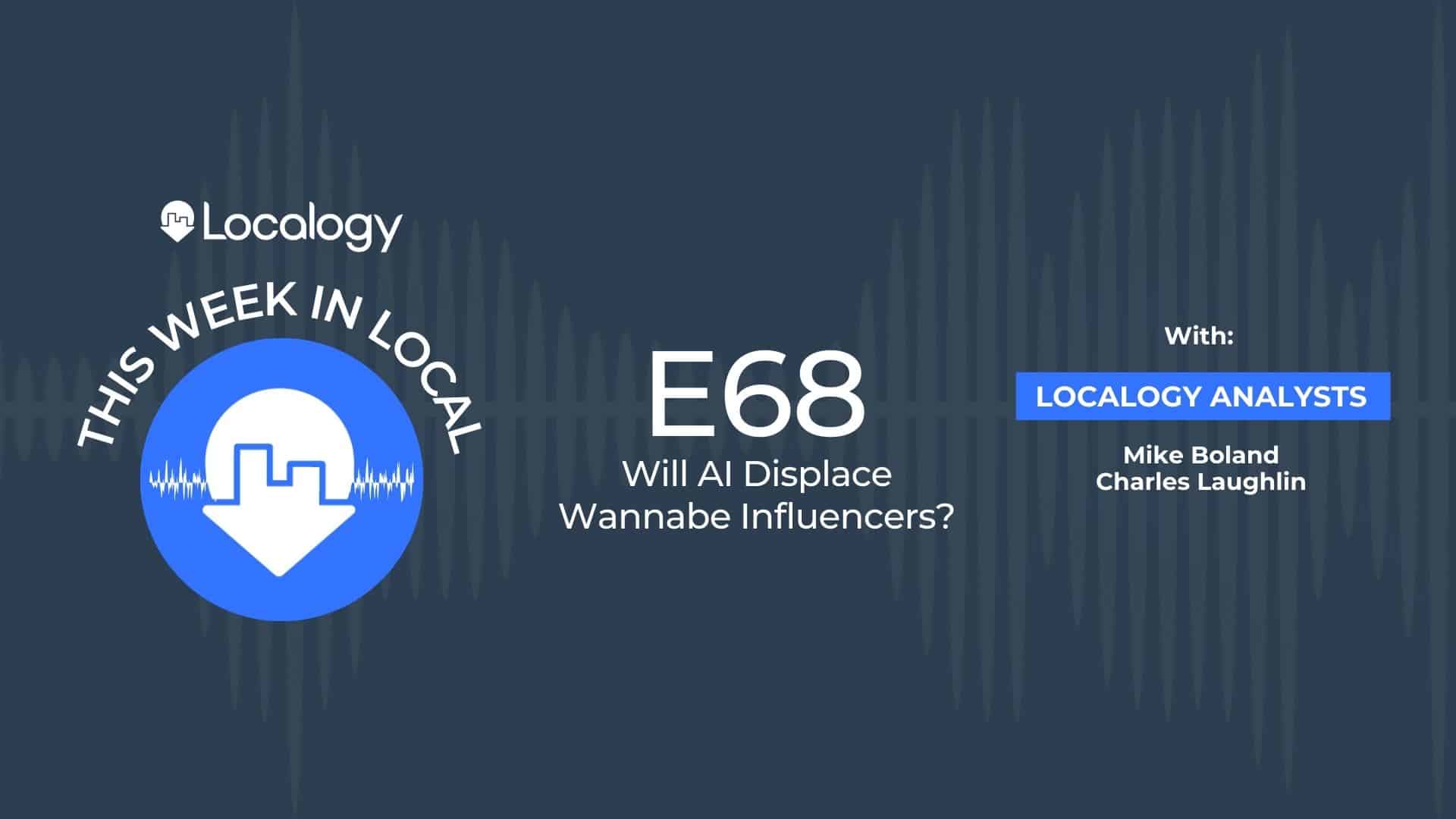The noise to signal ratio around local SEO metrics can become so loud at times that it overwhelms local marketers who begin feeling like they just don’t have time to pay attention to every variable. The good news is, you don’t have to. Here’s what you really need to know about local SEO metrics to analyze marketing efforts.
Ranking isn’t everything
If you think that keyword ranking is the ultimate priority, you’re not alone. Many SEO firms prioritize this myth by sending out keyword ranking reports with no context around the stats.
If you see your website climb from number 40 to 20, it can be natural to want to break the top 10 and eventually land in the number-one spot for a given keyword. However, if you end up pursuing keyword ranking above other SEO tactics, you risk ignoring lower-ranking keywords that actually deliver more traffic to your site.
In a post from 2014, Greg Gifford of Search Engine Land declared that local marketers should consider ditching ranking reports altogether. With the personalization of search results and the Pigeon algorithm update, it’s no wonder many marketers are now aimed to get to deeper funnel metrics that actually matter to the business being marketed.
Bottom Line: Keywords in and of themselves are not as important as how much traffic they drive to your website and what percentage of that traffic ends up converting. In order to utilize local SEO and track metrics, you must look beyond the keyword.
Website traffic increases all conversions
Not only does your website traffic put keyword rankings in context, it is the key to higher conversion rates. The more traffic you can drive to your website, the better your return on all investments will be. Whether your goal is to get more traffic for your online newsletter, sell more products in the quarter, or establish greater brand awareness, increased website traffic will help you reach your goal.
If you are not tracking your traffic, now is the time to start. Make it a habit to track organic traffic regularly. If your industry is seasonal, monthly spikes and drops can be misleading. It’s always a good idea to check year over year data for bigger picture growth trends.
Calls matter
Consumers who visit your website don’t always take an online conversion action. Some will then call to schedule an appointment; others will visit your store to buy in person.
One simple way to track your local SEO metrics is to pay attention to the number of individuals who complete an action for the first time. You might measure how many new clients make appointments (online or over the phone) or how many first-time callers phone your business for any reason. These numbers tell a story about the effectiveness of your local marketing.
For example, if you are seeing an increase in first-time callers month after month, your local SEO is driving people to your business. If calls spike one month and then decrease over the next two (and your niche is not a seasonal one), review what might have changed that might account for the dip.
Requests for directions matter
SEO tools including Google My Business allow you to check the total requests for directions to your business. Since people who search for directions to the business are by necessity planning a visit, this is an easy way to see interest increasing over time as local SEO efforts pay off.
You also have the option to see which zip codes driving requests initiate from, which allows you to check whether your traffic is coming from the area you are targeting. Make it a habit to check this, as you never know when you might uncover a high interest level coming from a new neighborhood. Marketing to this new source of website traffic could help you attract more customers.
Customer reviews show engagement
As your local marketing efforts pay off, and your business becomes more well-known in the community, you should be attracting some people who write local listing reviews. They want to see what you offer, write about it on sites like Yelp or TripAdvisor, and be seen as an explorer in your community.
This is great news for local SEO, as marketers know. More reviews (even if some of them are not 5 stars) give your business greater authority on review sites and can positively influence both web and foot traffic.
Boston Consulting Group found that simply having a Yelp account led to an average annual revenue increase of $8,000 for small businesses. Paying to advertise on Yelp led to $23,000 in additional yearly revenue for small businesses.
Odds are, customer review sites are underutilized by both your business and your top competitors in your niche: 87 percent of small businesses surveyed by Boston Consulting Group don’t use sites like Yelp. Of those that do use review sites, 22 percent have never even looked at their business page.
The statistics show that if you invest the time to create a business profile on review sites, it will more than pay off with increased traffic and sales. The more involved you are with review sites, the more rewards you will reap.
If you can commit to tracking these local SEO metrics in 2016, you will be ahead of your competitors and poised to reap the continued rewards of steady web traffic, increased conversions, and increased ROI.





One Response
Very informative article. I am pretty ignorant about local SEO and pretty new to everything that goes into having a business. I am trying to learn everything I can in order to have a successful business. Whatever happens I do not ever want to give up I just need to learn more. Thank you for shring this information,
Barbara Dilucchio